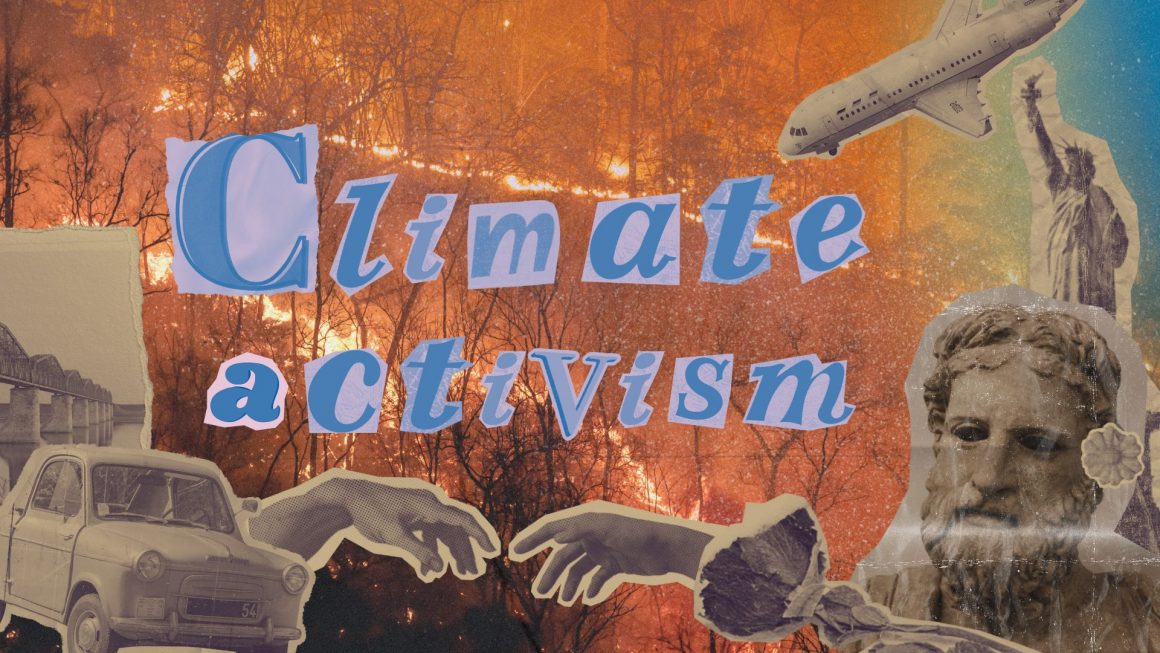
Radical climate change protests: The ineffectiveness of art destruction
By Ilana van der Merwe, August 9 2024—
Since the 1970s, climate change protests have evolved significantly. With the rise of social media, activists have developed new, sometimes radical methods to draw attention to environmental issues. Recently, a series of high-profile incidents involving the targeting of famous artworks has sparked debate about the effectiveness of such tactics.
These art attacks, targeting works like the Mona Lisa and Van Gogh’s Sunflowers, represent what researchers call a “radical flank” within the broader climate change movement. Sophia T. Dasch and her colleagues define this as a smaller, more extreme group employing unconventional or even violent tactics within a larger, peaceful movement.
The challenge with radical flanks is that their actions can overshadow the efforts of the mainstream movement, potentially leading to confusion and alienation among the public.
Conventional climate protests, like blocking oil terminals, make sense to most people. The connection to fighting climate change is clear. However, when protesters damage artwork, many people do not see how it relates to the environment. This can confuse the public. They might focus more on the shocking act of damaging art than the underlying message about climate change and the urgent need for action. As a result, these actions can backfire. They may distract from the real environmental issues and even push away potential supporters.
Research by Dana R. Fischer reveals that only 10 to 20 per cent of German and British audiences view these radical protests favourably. The unconventional nature of art destruction often harms the climate by causing more harm than it helps, failing to generate widespread support or understanding.
Moreover, recent studies indicate peaceful protests garner more support than violent ones. Gordana Rabrenovic, an associate professor of sociology and director of the Brudnick Centre on Violence and Conflict, argues that violent actions during protests often repel potential supporters and undermine the unity necessary for effecting change.
For museum goers and security personnel witnessing these acts firsthand, the experience can be alarming and distressing. For those viewing the incidents through social media, the protests may seem more aggravating than inspiring, potentially pushing away potential allies rather than rallying support.
However, it is crucial to acknowledge the urgency behind these protests, even if their methods are controversial. The Earth’s climate is expected to exceed the 1.5-degree Celsius limit set by the 2016 Paris Climate Agreement by 2024, underscoring the need for immediate action.
As the climate change movement evolves, it is essential to balance passion and strategy. While radical protests may generate headlines, they risk alienating potential supporters and overshadowing the movement’s core message. Effective climate activism requires bold actions that resonate with the broader public while maintaining a united front.
Climate activists must consider how their tactics impact public perception and support for their cause. By focusing on clear, relatable messages and actions, the movement can build a broader coalition and work towards meaningful change in climate policy and public awareness.
This article is a part of our Opinions section and does not necessarily reflect the views of the Gauntlet editorial board.
